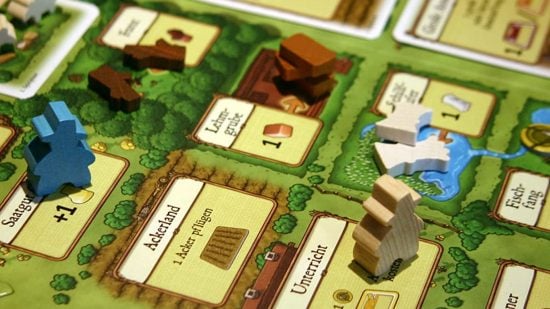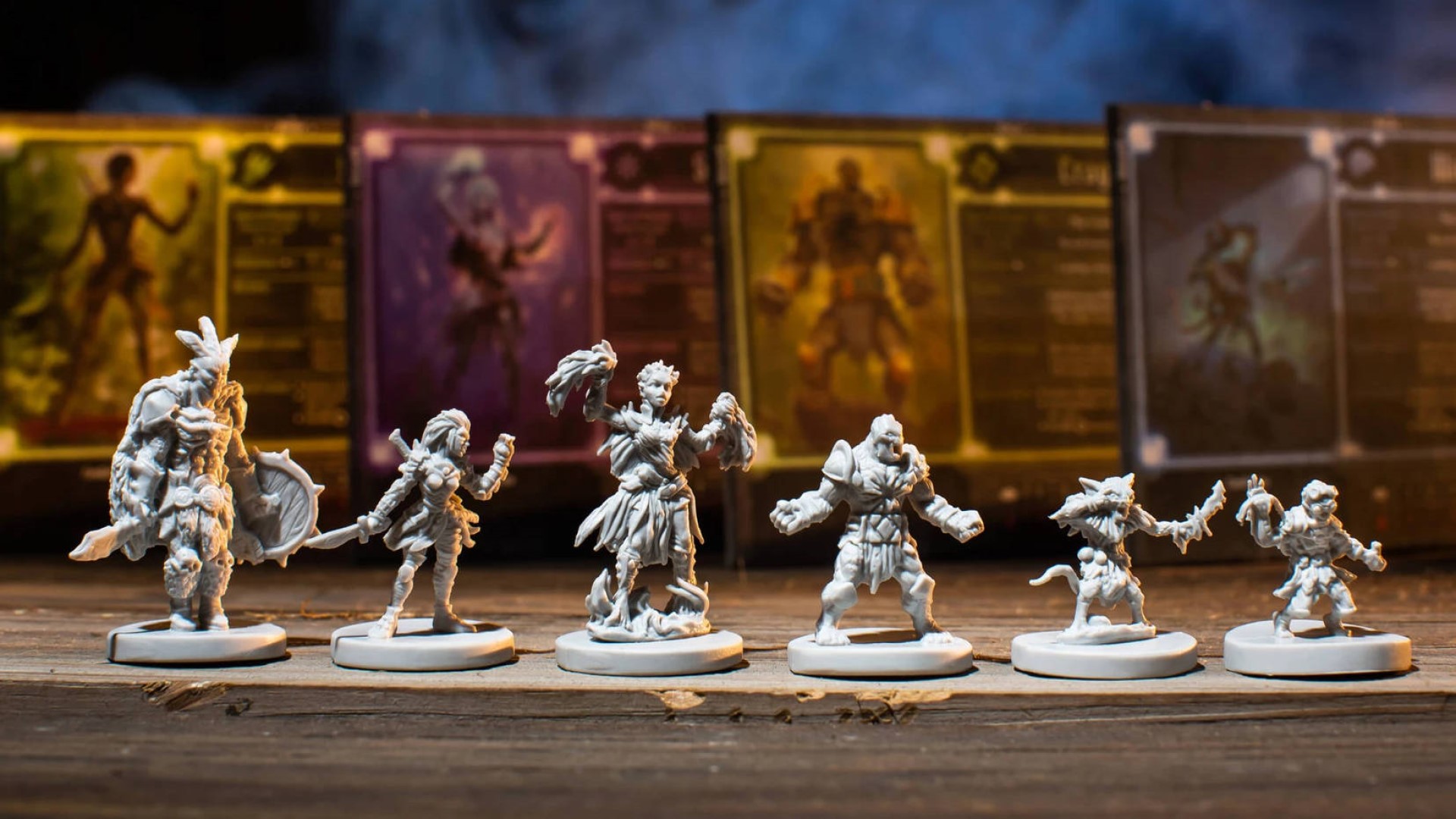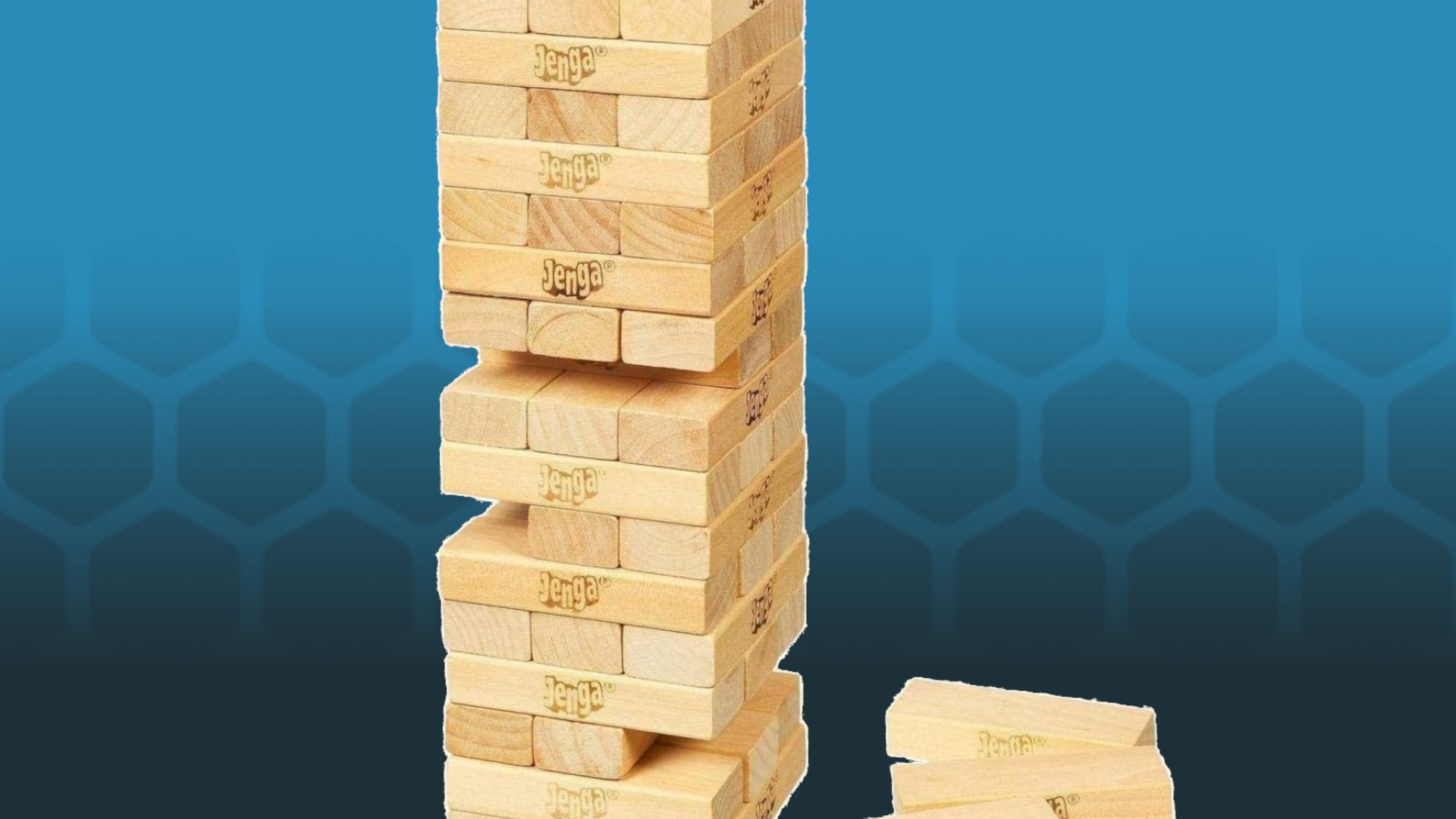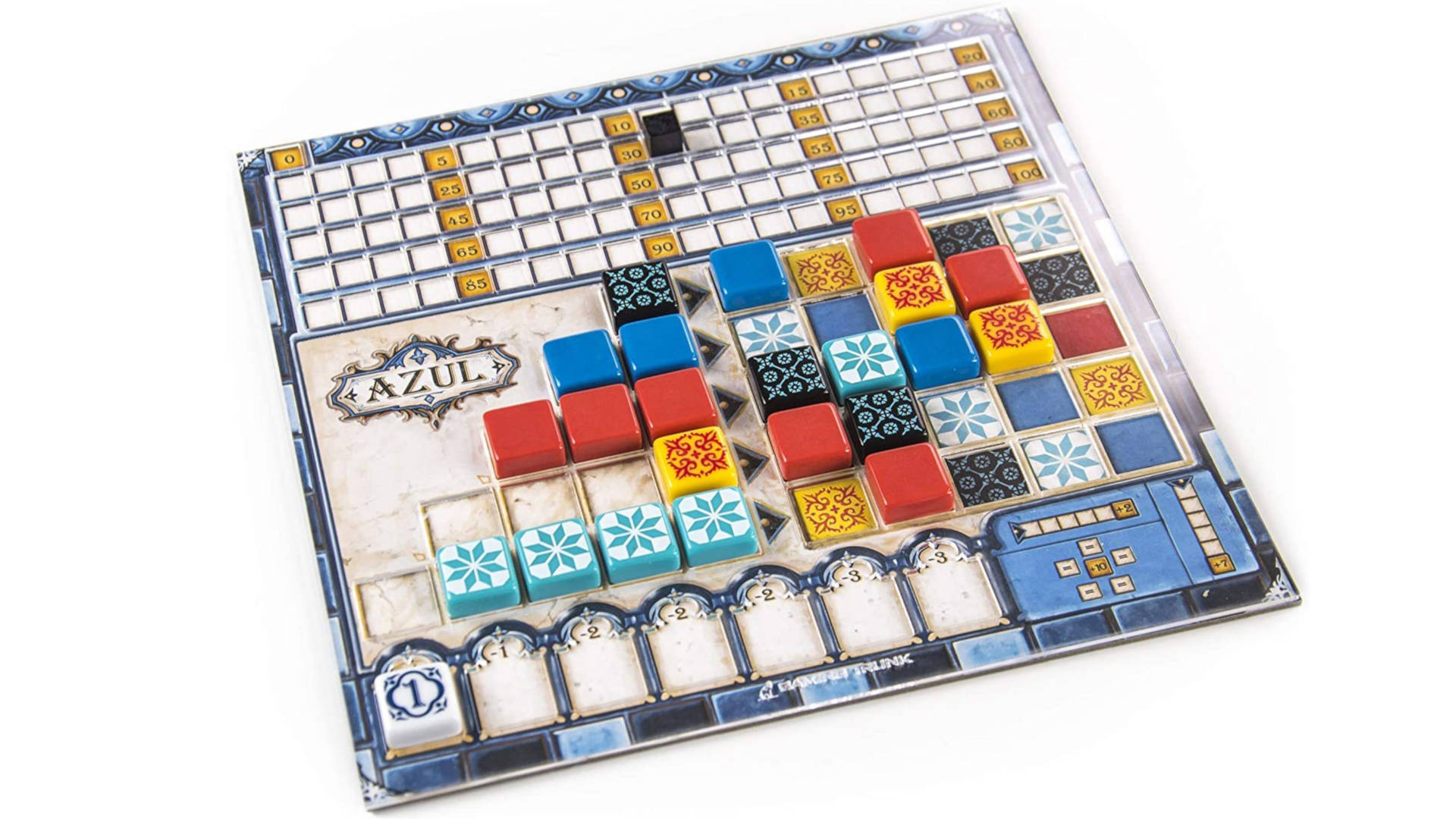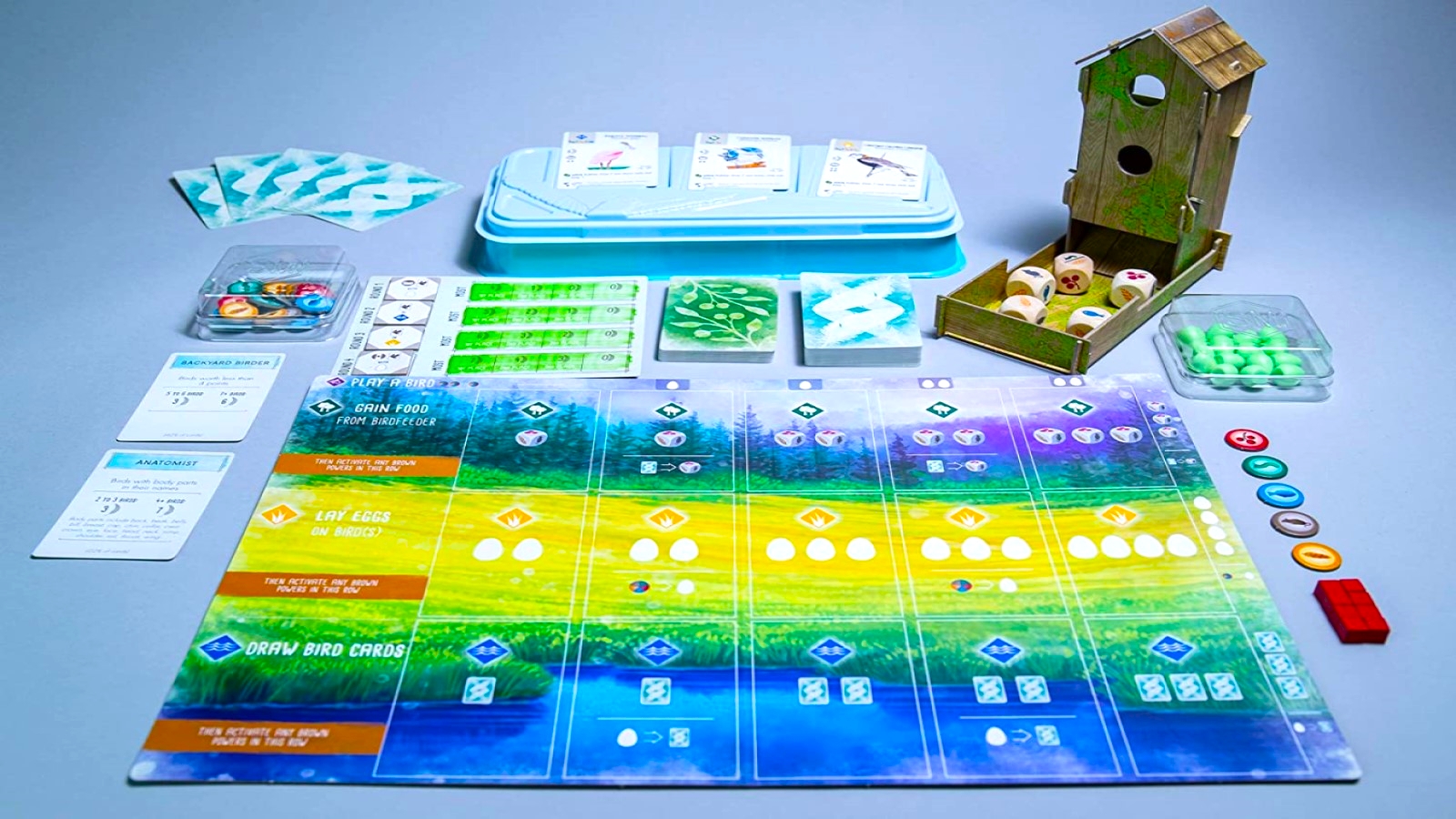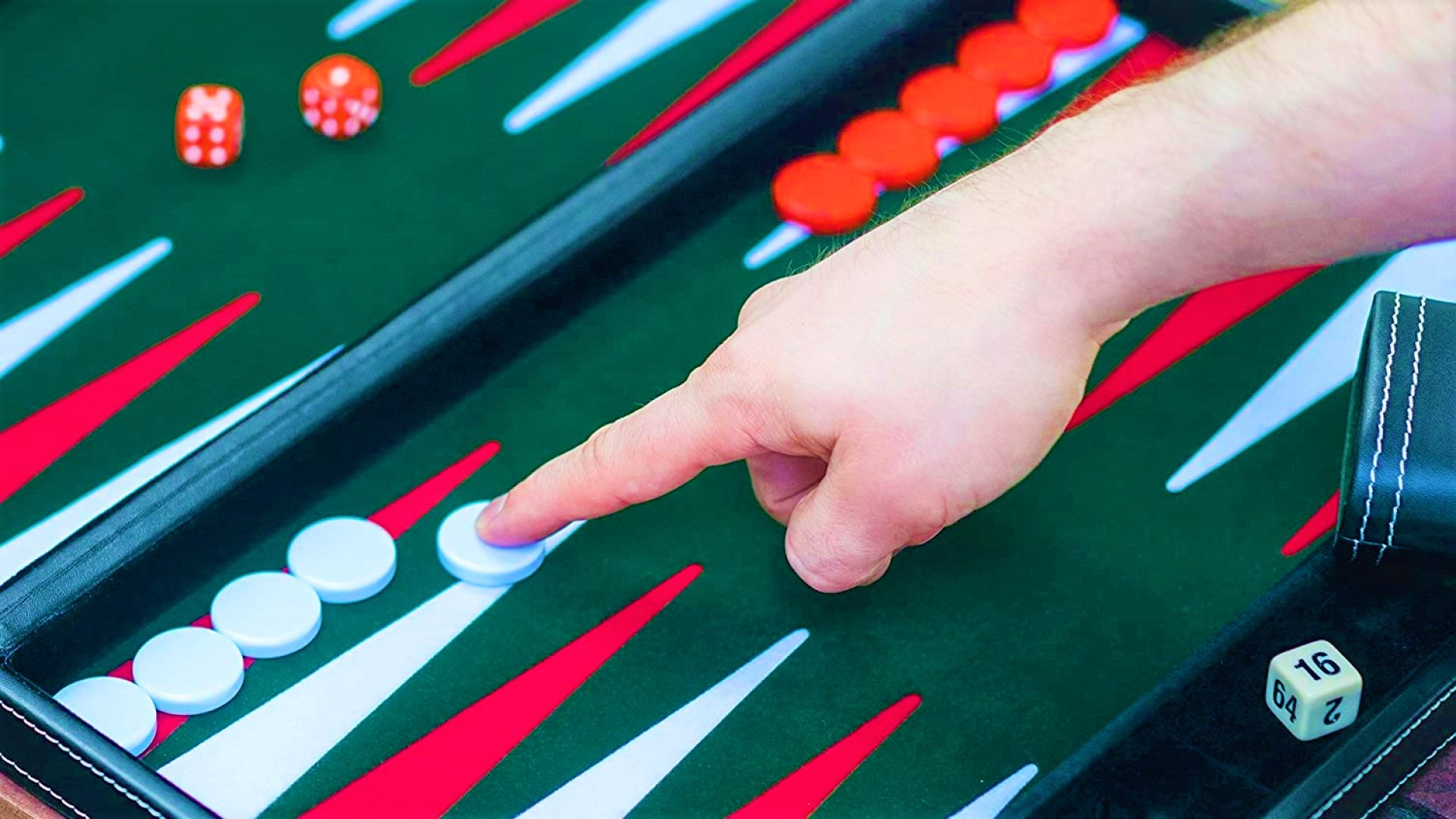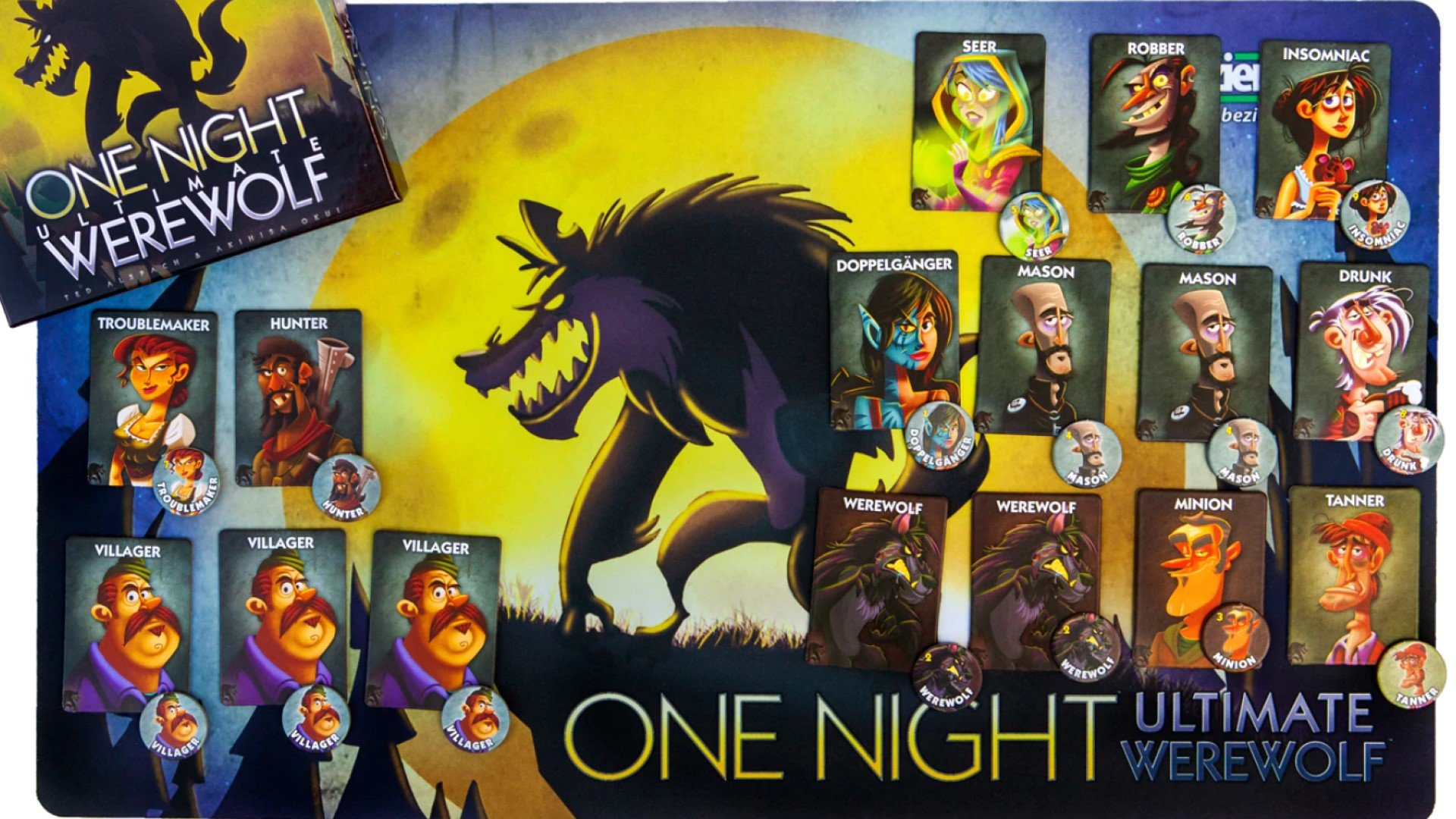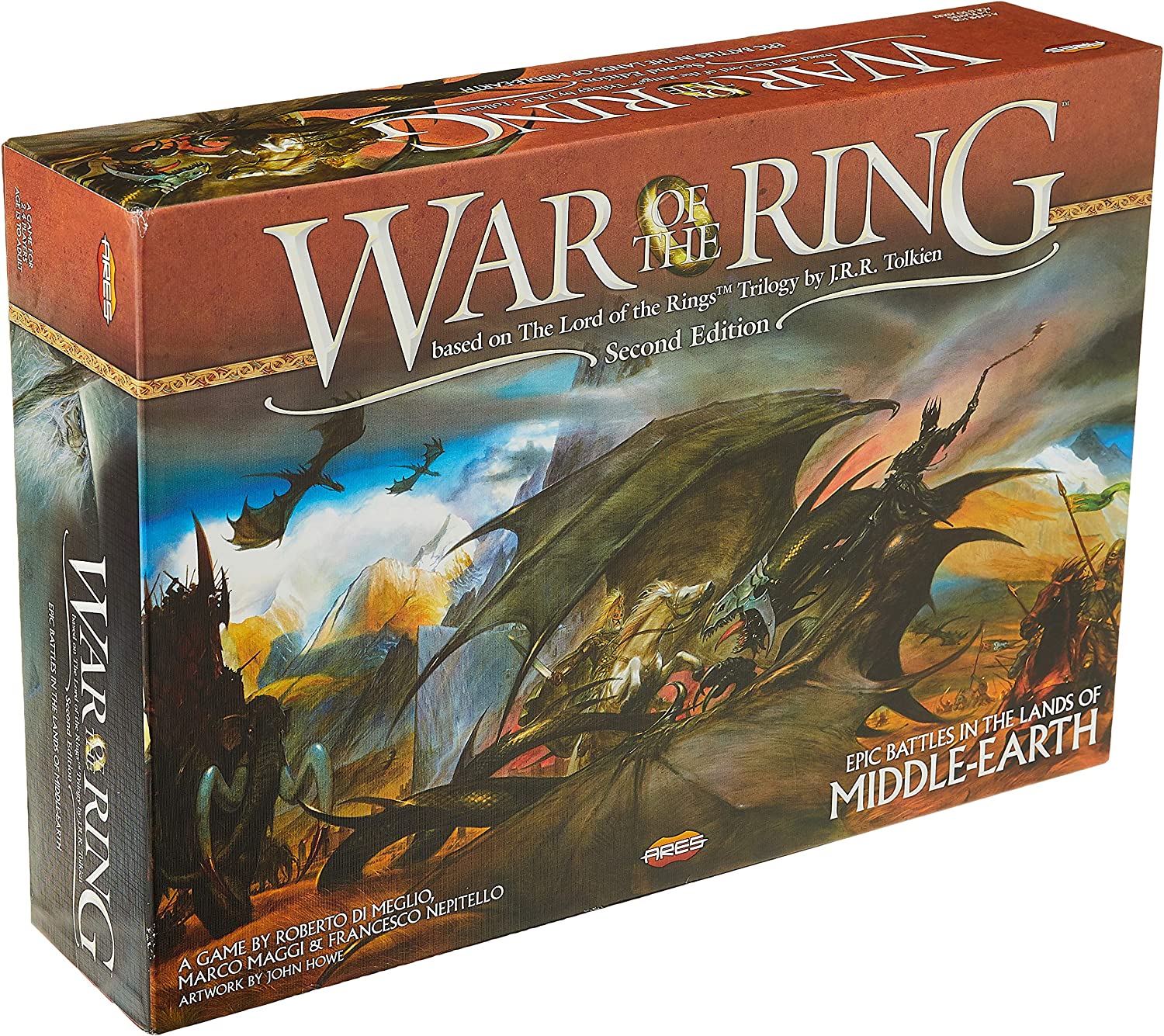A tabletop game is never just a tabletop game; there are a huge number of board game types that could label the experience. It’s easy to get lost, especially if you’re new to the hobby. The phrase ‘engine builder’ will be clearer to some fans than others, and not everyone necessarily knows the difference between a roll-and-move and a roll-and-write.
This guide is here to help you make sense of all the different types of board games. We’ll cover all the board game types you’re most likely to encounter, from campaign games to worker placement. Along the way, we’ll give some examples of the very best board games that use these mechanics. Bear in mind that board games can have more than one type, so examples could appear more than once, or include other types along with the ones we’ve listed.
Here are nine of the key board game types:
- Campaign and legacy
- Dexterity
- Drafting
- Engine-builder
- Roll-and-move
- Roll-and-write
- Social deduction
- Wargame
- Worker placement
Campaign and legacy
Examples: Pandemic Legacy, Gloomhaven, Betrayal at House on the Hill Legacy
Campaign board games have an overarching story, with individual games tied together as part of a narrative. Players commonly choose a character to play, and this character grows stronger as the game progresses.
Legacy board games are a particular type of campaign board game where the game itself permanently changes as you play. There may be envelopes of information to open or stickers to add to your board. Your choices in the game often impact what legacy effects are activated.
Dexterity
Examples: Junkart, Jenga
Dexterity games rely on how steady your hands are instead of how sharp your mind is. They usually involve building tall towers or organising pieces into a particular pattern. If the game really wants to stress you out, there might also be a time limit. And there’s almost always a penalty if your constructions fall apart.
Drafting
Examples: Azul, 7 Wonders, Dune: Imperium
In drafting games, players all have a shared pool of a particular resource (this is typically cards, but not always). One at a time, everyone takes turns selecting something from the pool, with all the resources evenly distributed at the end. The strategy comes from choosing the resource that helps you fulfil the board game’s victory conditions or score points most effectively.
Drafting can be done openly (e.g. Azul), or it can be concealed (e.g. 7 Wonders, or a draft of Magic: The Gathering).
Engine-builder
Examples: Wingspan, Terraforming Mars, Dominion
In board games, an ‘engine’ refers to a system built from several parts that work together to generate a result (usually resources or victory points). It’s a type of strategy game that asks players to focus on building bigger, more efficient, and more powerful engines as the game progresses. You’ll usually have a pool of starting resources, and you’ll need to spend these to gain better resources for your engine, and so on.
Deck-builder board games can come under this category, as the deck of cards can be considered an engine of its own, and gameplay focuses on adding and removing cards to create the most powerful deck (and the most victory points) possible.
Roll-and-move
Examples: Monopoly, Backgammon, Camel Up
For a long time, the roll-and-move board game was the most popular choice of game for families. Monopoly, Clue, Snakes and Ladders, and Mouse Trap all have an element of roll-and-move – i.e. you roll a die, you move that many spaces, and that’s that.
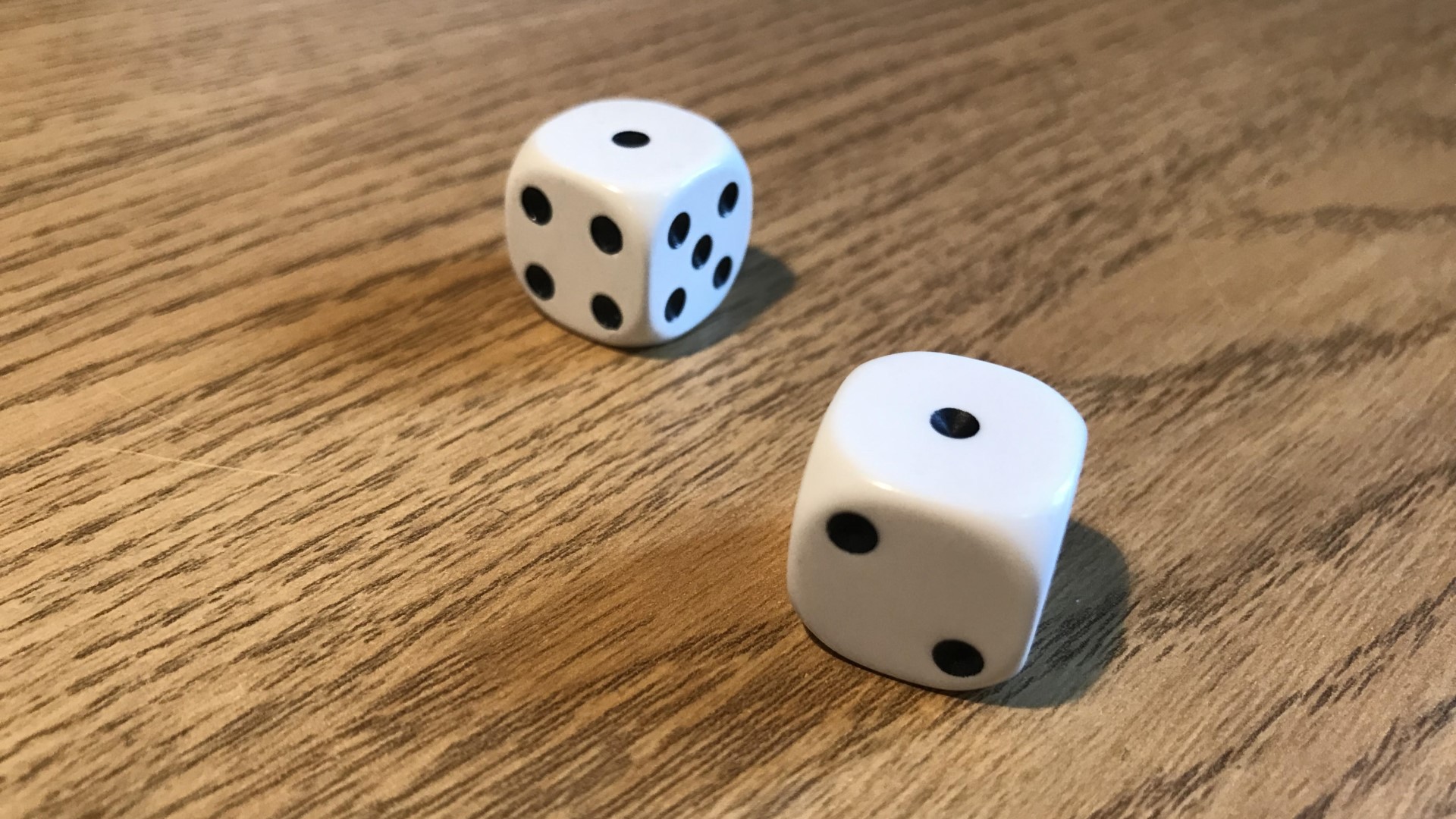
Roll-and-write
Examples: Yahtzee, Railroad Ink
As the name implies, a roll-and-write board game involves rolling some dice and marking down results on a piece of paper. Many roll-and-writes may also have rules that mean previous results from your paper have an impact on your future turns. Yahtzee is the template for this one (and it remains one of our favourite dice games to this day).
Social deduction
Examples: One Night Ultimate Werewolf, Blood on the Clocktower, Secret Hitler
In social deduction games, players are split into (at least) two opposing teams. They may also be assigned individual roles that have a unique effect on the game. No one knows what team or role their fellow players were assigned, so a big element of the game is trying to determine who is an enemy and who is a friend. Lying about your role is not only okay; it’s key to a winning strategy.
The tension is amped up by one common mechanic found in many social deduction games – murder. ‘Evil’ players often have the ability to eliminate ‘good’ players, so the good team has a limited time to uncover and stop their opposition.
Wargame
Examples: War of the Ring, Warhammer 40k
Wargames simulate conflicts, placing players in charge of a small army and their combat strategies. Each player usually has tokens or miniatures that represent their troops, and they must plan where to place them and what powers to activate in order to create the strongest offence against their opponents. The aim of the game is usually to secure some form of military victory.
Worker placement
Exampes: Agricola, Everdell
Each player has a limited pool of ‘workers’, and they assign these to different actions that, when activated, yield some kind of benefit. These benefits are typically resources, in-game effects, or victory points. The actions can typically only be used a limited number of times per round.
